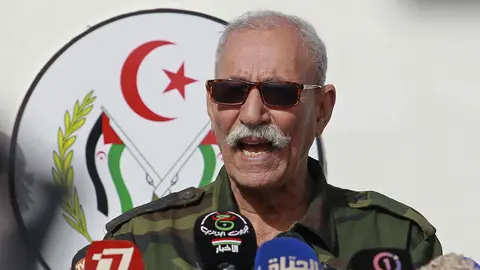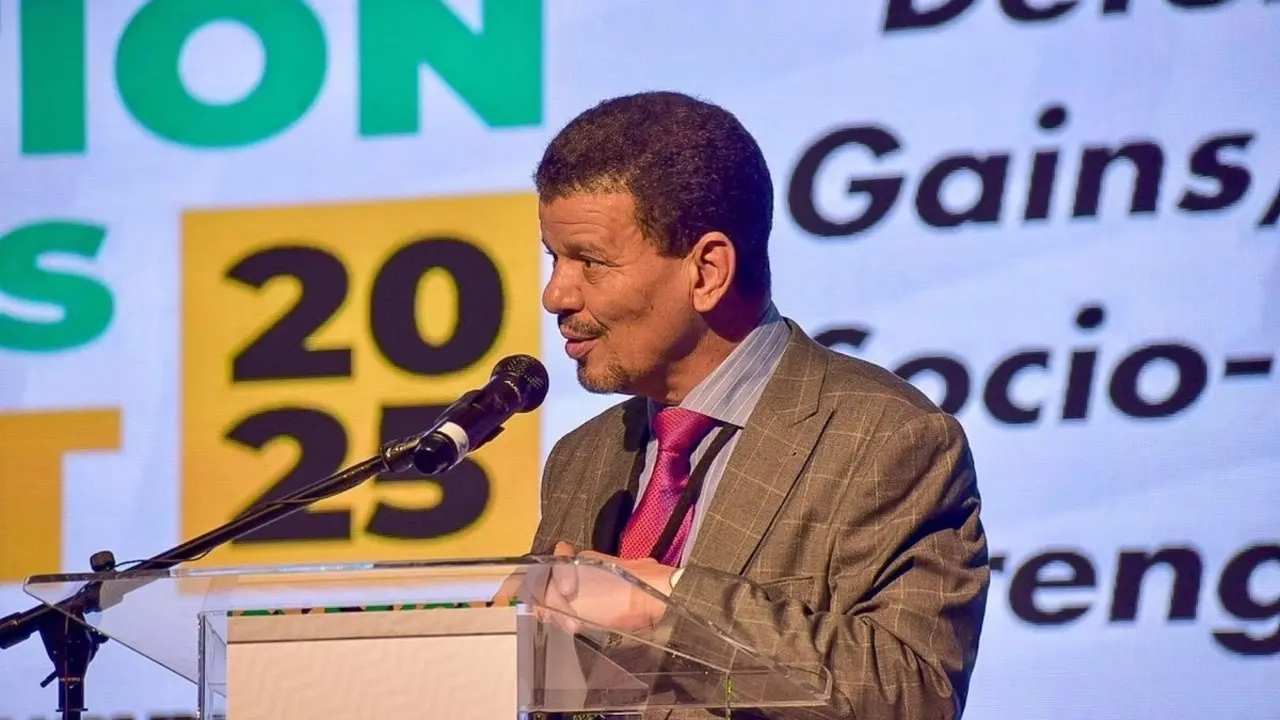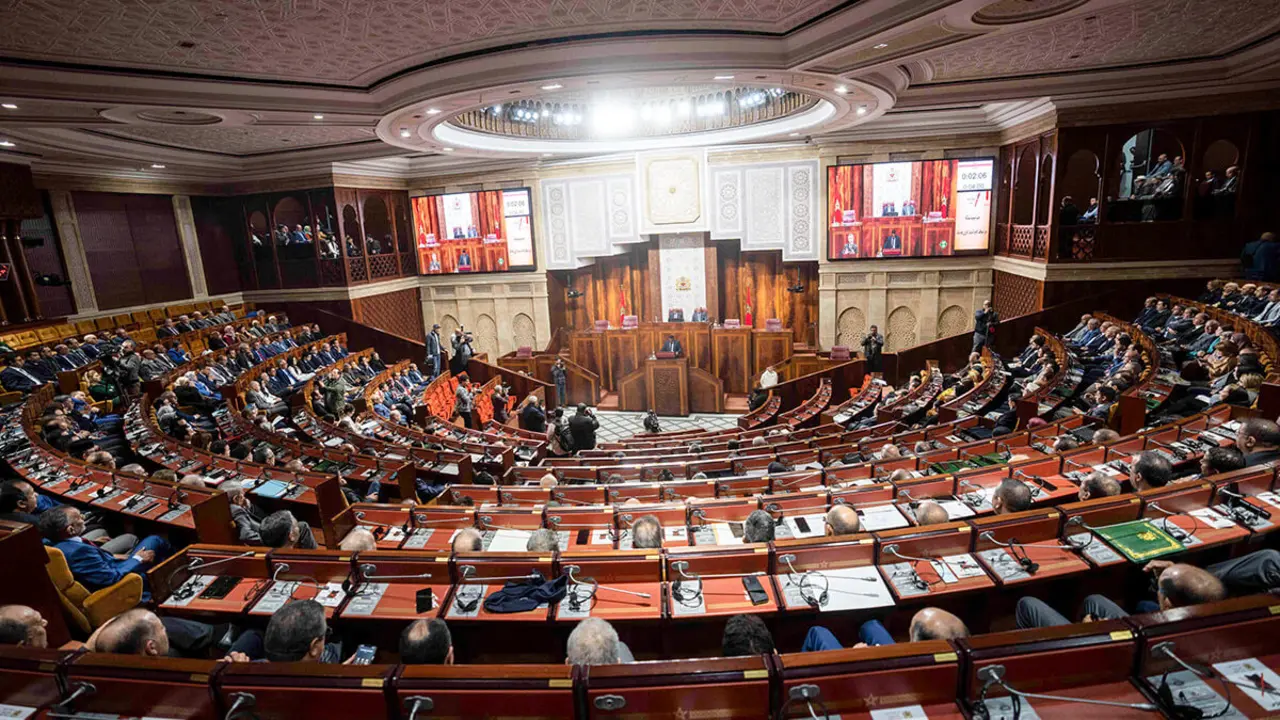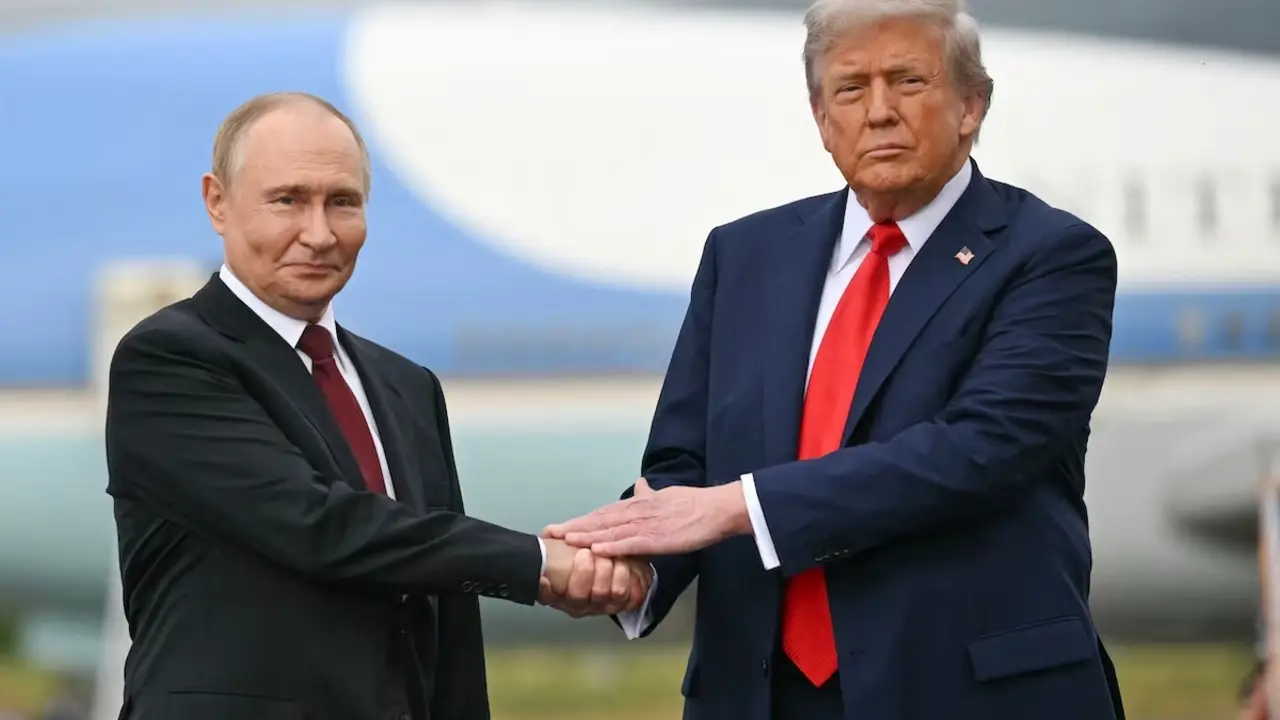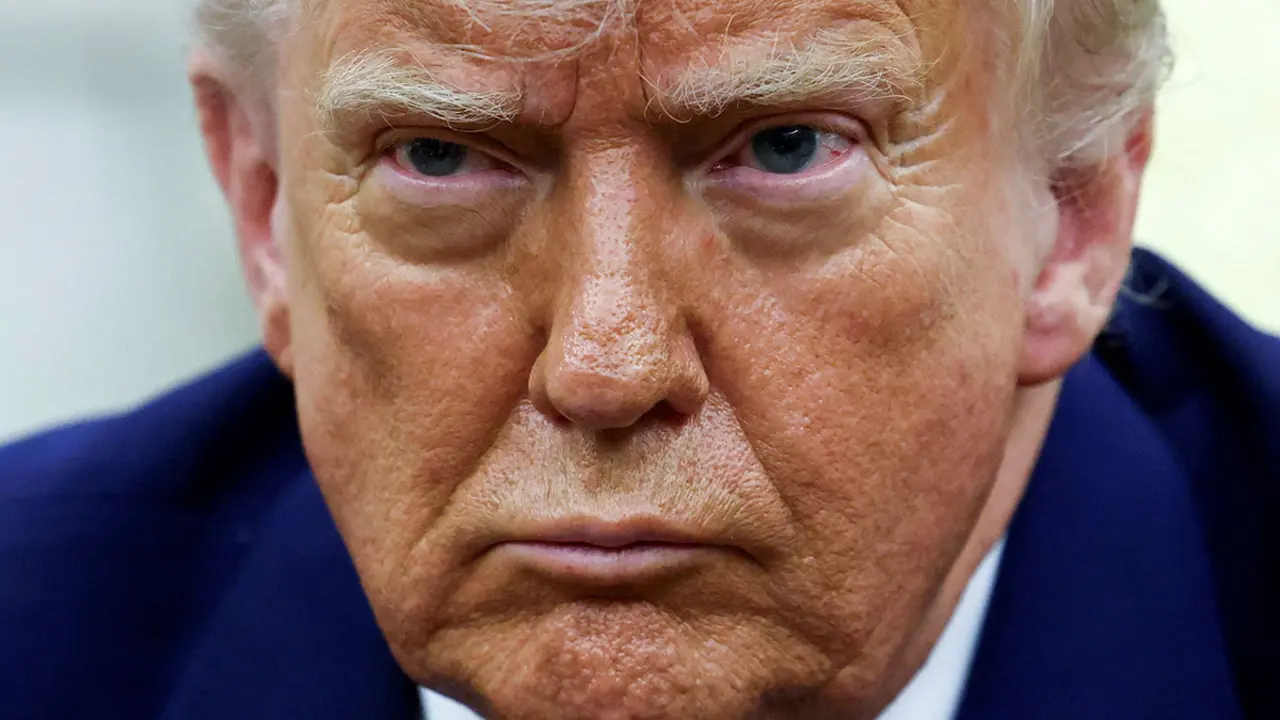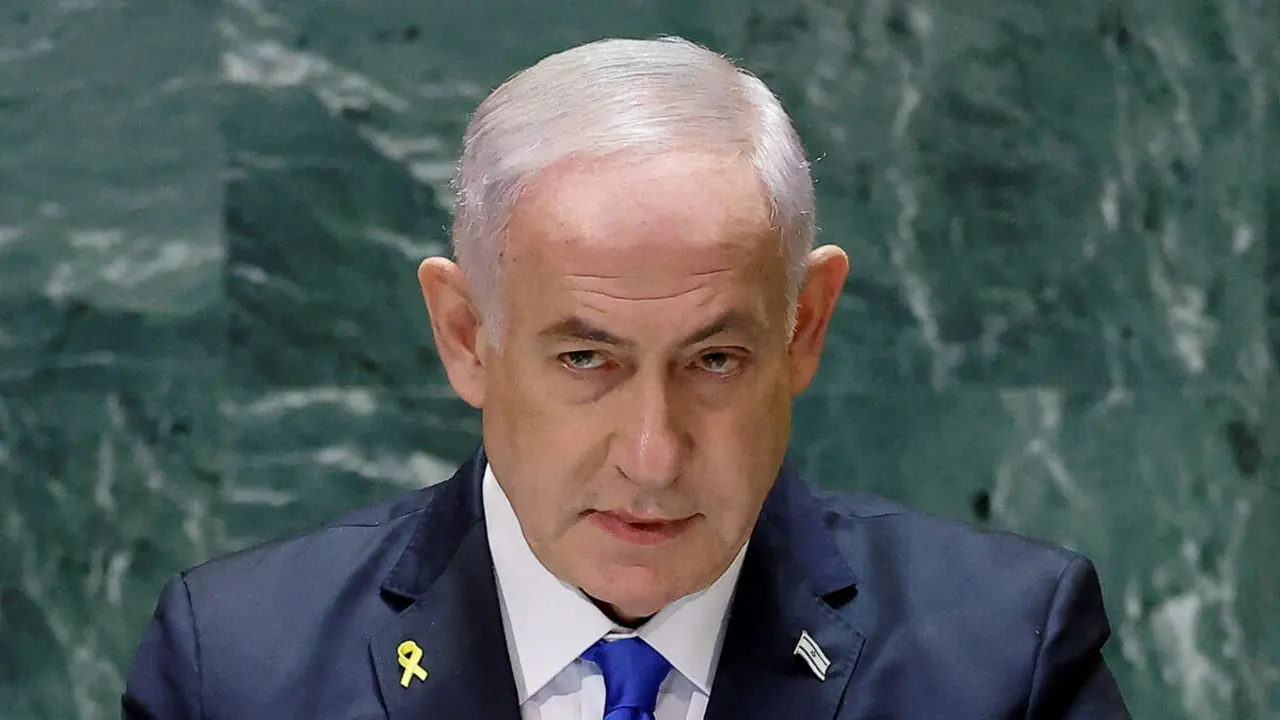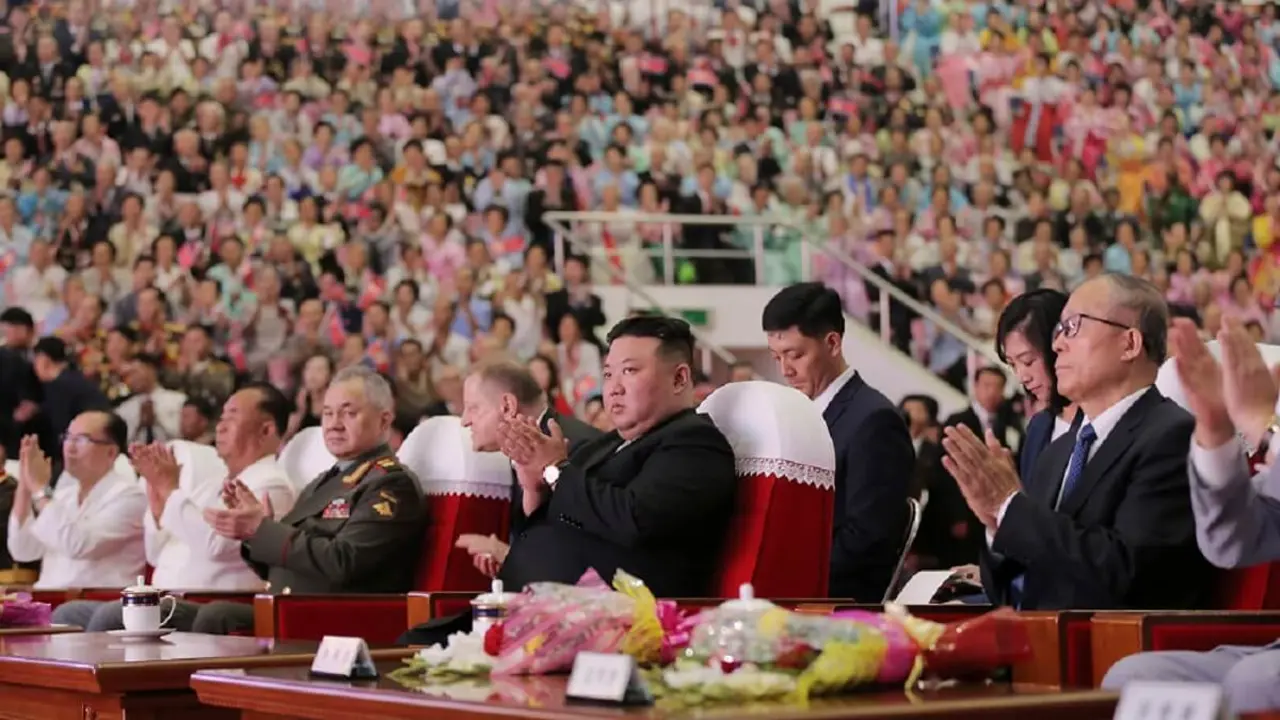Morocco consolidates its proactive model in the fight against terrorism
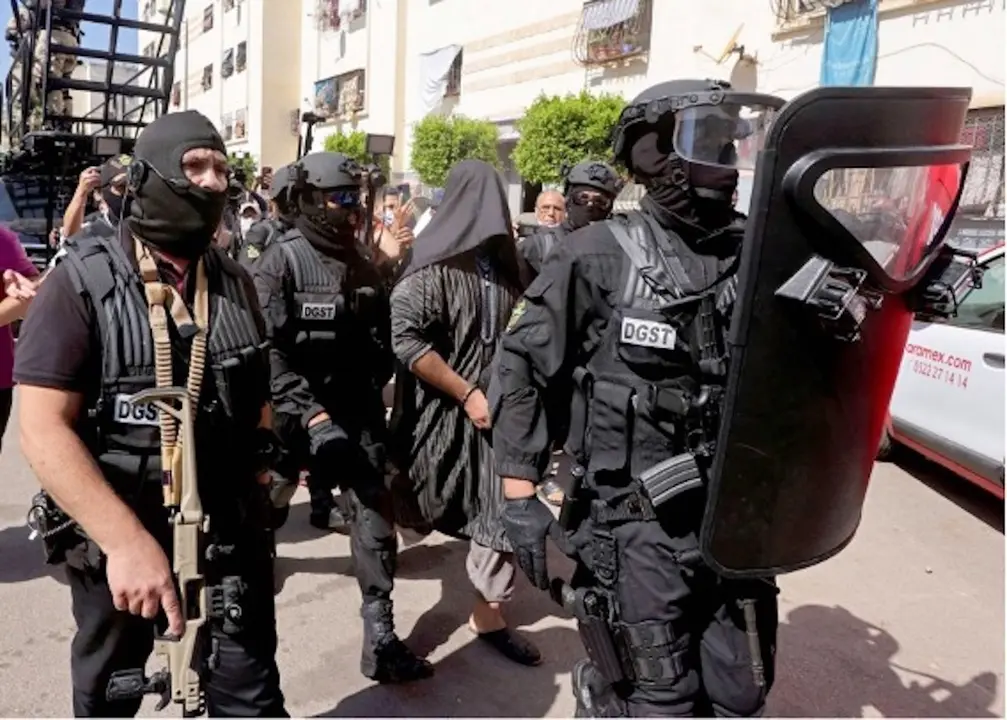
In a regional security context that is witnessing a continuous escalation in threats from terrorist organizations, Morocco continues to consolidate its proactive model in the fight against violent extremism, as its authorities recently arrested a young element embedded with ISIS ideology, no more than 18 years old, in the province of Setat, in a process that once again reveals the scope of the challenge posed by lone wolves.
This arrest, which was preceded last July by the dismantling of two terrorist cells loyal to ISIS, reflects the organization's ongoing attempt to recruit young people from geographical and social margins as part of a strategy that calls for covert individual action as a means of undermining security and destabilizing.
Security data indicates that the suspect was involved in intense digital activity, during which he showed a clear interest in the manufacture of explosives and explosive belts, and was in contact with a leader of the organization in the Maghreb, from whom he received guidance and references.
This reveals that communication extends beyond the local level and indicates the existence of cross-border digital networks targeting marginalized young people and driving them to seek meaning and providing reasons to justify their own violent actions.
Strategic Affairs researcher Hisham Moatad warns in a statement to Al Arab of the danger of this shift in ISIS's performance, considering that betting on lone wolves was not so much an option as an existential outlet for the organization after its disintegration in Iraq and Syria.
Moatad adds that with the collapse of the traditional organizational structure, the remaining leaders resorted to public suggestion and incitement through digital platforms, without the need for direct contact with the perpetrators, which doubles the difficulty of security monitoring and gives greater room for maneuver to these individual cells.
In this context, the importance of the Moroccan model in the comprehensive and multidimensional treatment of the phenomenon stands out, as the approach was not limited to the security dimension, but extended to religious, social, and economic aspects.
At the religious level, Morocco has thoroughly restructured the religious field, unifying the jurisprudential reference in the hands of the Supreme Scientific Council and promoting the training of imams and guides through the Mohammed VI Institute to ensure the dissemination of a moderate religious discourse in line with authentic Moroccan values.
At the social level, development programs targeting vulnerable groups have been activated, such as the National Initiative for Human Development, founded by Moroccan King Mohammed VI in 2005, which works to create alternative opportunities through income-generating projects and infrastructure improvements, helping to fill the gaps exploited by extremist groups.
The state has also paid increasing attention to the reintegration of prisoners convicted in terrorism cases through the “Reconciliation” program, which seeks to rehabilitate them psychologically, intellectually, and socially.
Despite security successes, challenges remain. Extremist organizations are constantly targeting young age groups, exploiting their psychological fragility and the inability of cultural and educational policies to keep pace with change.
Moatad emphasizes the need for a strong presence in the digital space, not only through security content, but also through the production of intelligent and engaging youth content, rebuilding trust between the target group and the state, within the framework of a long-term participatory approach.
Technological and intelligence capabilities are one of the central pillars of the Moroccan security approach, and those responsible realized early on that terrorist threats are no longer limited to the ground, but are growing in the digital space, where calls for extremism, recruitment, and psychological preparation for violence are widespread and systematic.
In this context, the Moroccan security services, led by the General Directorate for Territorial Surveillance, have invested in modernizing their technological infrastructure through the development of cyber surveillance systems that enable the tracking of suspicious accounts and the analysis of user movements within closed digital platforms, which are the primary refuge for jihadist propaganda.
Morocco has also adopted big data analysis techniques to understand patterns of terrorist discourse and identify changes in the digital behavior of suspects, whether through communication platforms or encryption applications commonly used to communicate between members of sleeper cells or lone wolves.
In addition, artificial intelligence algorithms capable of detecting early indicators of extremism were employed, such as repeated interaction with advertising content, use of special vocabulary within closed forums, or even switching from searching for “Islamic identity” to searching for “explosive industry” in a short period of time, which is a serious indicator of a shift toward a terrorist act.
Efforts were not limited to monitoring and analysis, but also established a national center to combat cybercrime and digital extremism, which coordinates with international centers such as Europol and Interpol and participates in joint operations to dismantle global networks that use the Internet as a platform to recruit or plan cross-border terrorist operations.
What improves the effectiveness of these capabilities is the combination of technological analysis and traditional fieldwork, where artificial intelligence is used as a complement to, not an alternative to, the human element, linking digital information with intelligence reports on the ground, enabling rapid intervention before moving from “thought” to “action.”
The Moroccan experience shows that technological development has not only been used in the coercive aspect, but has also contributed to the design of more targeted preventive and awareness-raising policies, where the groups most vulnerable to recruitment are identified and dedicated guidance programs are developed, making this approach a model to follow in the fight against terrorism in the age of digitalization.
The Kingdom's repeated security successes in tracking down and dismantling extremist cells, especially individual elements, not only reflect the effectiveness of the intelligence services, but also reveal the maturity of an integrated proactive strategy.
Mohamed Mamoni Alawi. Moroccan journalist
Article published in the daily newspaper Al Arab


